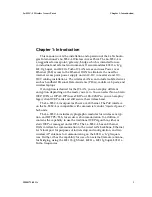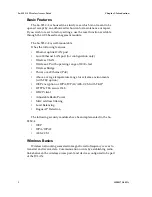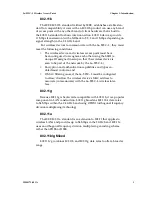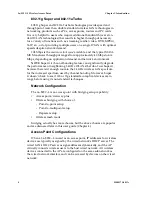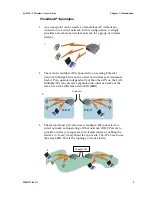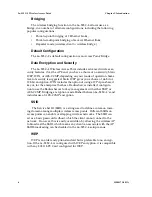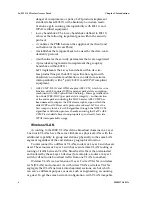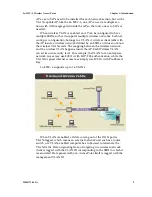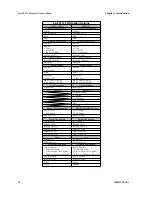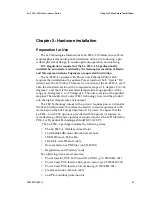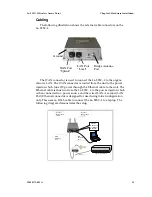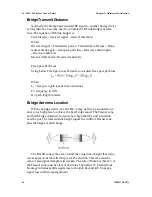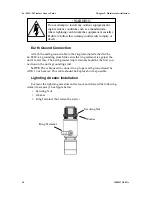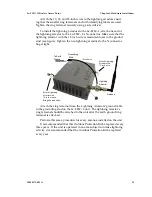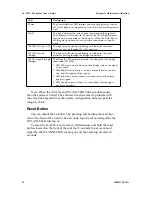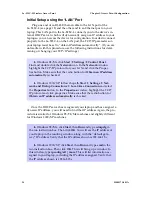
3e–525C–3 Wireless Access Point
Chapter 2: Hardware Installation
14
29000171-001 A
3e–525C–3 Wireless Access Point
Chapter 2: Hardware Installation
29000171-001 A
15
The 3e–525C–3 can be mounted outdoors on a high post to achieve the
best bridge result.If mounted outdoors, the outdoor protection kit must
be used to prevent lightning damage.
To comply with FCC RF exposure compliance requirements,
the antennas used with the 3e–525C–3 must be installed with
a minimum separation distance of 20 cm from all persons, and must
not be co-located or operated in conjunction with any other antenna or
transmitter. Installation should be accomplished using the authorized
cables and/or connectors provided with the device or available from the
manufacturer/distributor for use with this device. Changes or modifica-
tions not expressly approved by the manufacturer or party responsible for
this FCC compliance could void the user’s authority to operate the equip-
ment.
Installation Instructions
The 3e–525C–3 is intended to be installed as part of a complete wire-
less design solution.
This manual deals only with the 3e–525C–3 device and its accessories.
The purpose of this chapter is the description of the device and its iden-
tifiable parts so that the user is sufficiently familiar to interact with the
physical unit. Preliminary setup information provided below is intended
for information and instruction of the wireless LAN system administra-
tion personnel.
It is intended that the user not open the unit. Any maintenance re-
quired is limited to the external enclosure surface, cable connections, and
to the management software (as described in chapter three through five)
only. A failed unit should be returned to the manufacturer for mainte-
nance.
Minimum System and Component Requirements
The 3e–525C–3 is designed to be attached to the wall at appropriate
locations. To complete the configuration, you should have at least the fol-
lowing components:
• PCs with one of the following operating systems installed: Win-
dows NT 4.0, Windows 2000 or Windows XP;
• A Wi-Fi compatible 802.11a/b/g device for each computer that
you wish to wirelessly connect to your wireless network.
• Access to at least one laptop or PC with an Ethernet card and
cable that can be used to complete the initial configuration of the
unit.
• A Web browser program (such as Microsoft Internet Explorer 5.5
or later, or Netscape 6.2 or later) installed on the PC or laptop you
will be using to configure the Access Point.
• TCP/IP Protocol (usually comes installed on any Windows PC.)


